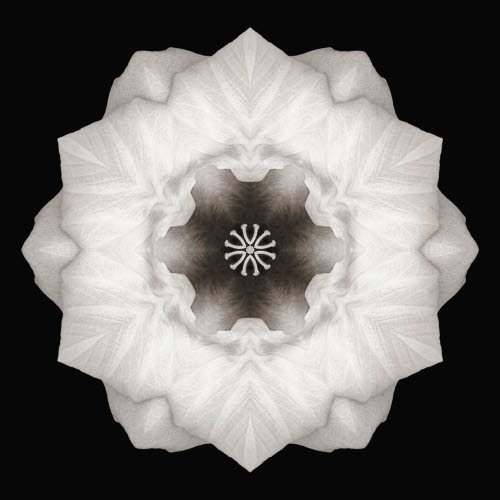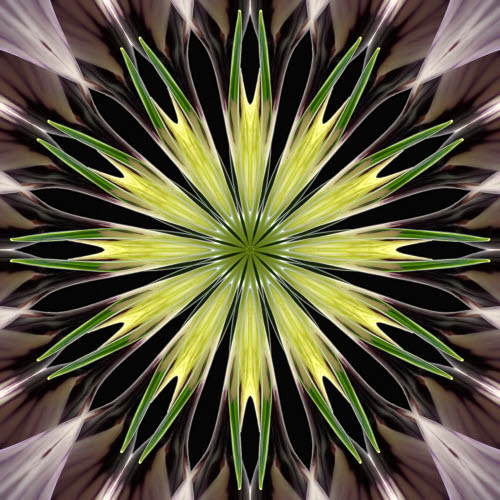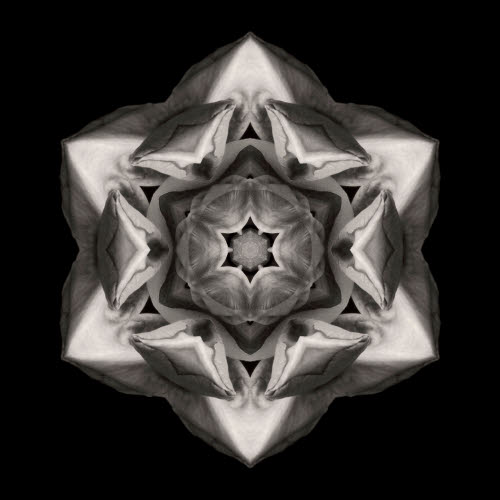
Pink Hibiscus II (sepia)
Click here to pop up the original Pink Hibiscus II
I’ve been experimenting with applying old photographic techniques to new, digitally created images and am curious to know how they compare, from your points of view. My own sense is that the architecture of the image is clearer, and there is a kind of quietness to the image that comes from the faded-brown look, but I’m interested in your responses, either here or in the Flower Mandalas Project group.
How do you, out there, practice “Shades of Gray Thinking”? Let us know, either as a comment to this post or in the discussion thread of the same name in the Art, Healing, and Transformation group
Thanks!
– David
Discussion:
‘Black and White Thinking’ in Shades of Gray
Art, Healing, and Transformation group
Flower Mandalas Project group
Request a flower mandala screensaver: Fifteen Flower Mandalas
© 2008, David J. Bookbinder

